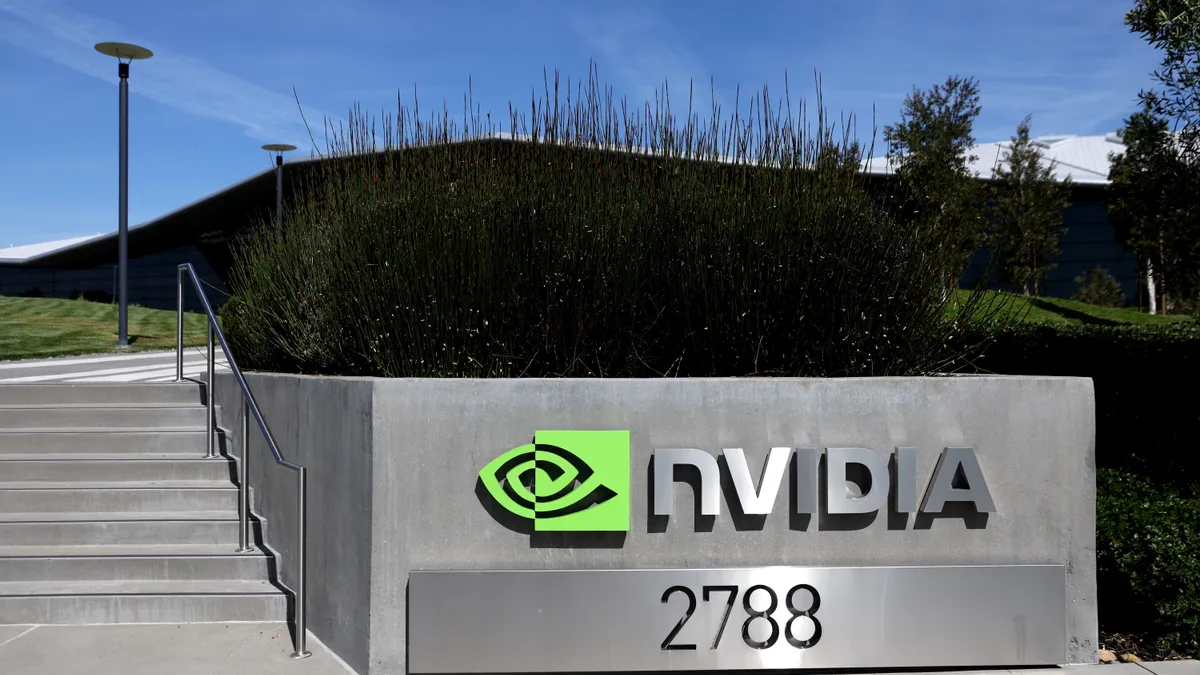Chip makers' financial warnings rippled down Wall Street.
Earlier this month, NVIDIA, Micron Technology, Intel and other chip makers issued warnings in quick succession about an incoming chip demand slump from the consumer side. Stocks, predictably, tumbled.
Chip demand for personal devices, like laptops or smartphones, is falling from pandemic-induced highs, especially as inflation hammers household discretionary income, the manufacturers said. The warnings spooked investors in semiconductor stocks, even as the industry was set to benefit from the recently passed $52 billion CHIPS Act.
Turns out, those dips may end up being a bigger deal on Wall Street than on construction jobsites. Experts say nonconsumer segments should keep chip demand surging, and with it, the continuing boom in semiconductor plant construction.
“There might be some two-quarter adjustment caused by the consumer return to more normal growth,” said Mark Granahan, CEO of iDEAL Semiconductor, a Bethlehem, Pennsylvania-based fabless semiconductor company. “But that doesn’t totally reflect the current scenario in the market where the other segments that are out there are still in growth mode.”
Demand from the aerospace, electric vehicles and military industries, among others, will continue to elevate chip demand, despite chip makers sounding alarm bells about consumer demand, said Granahan.
“In terms of what that means [for construction,] it could mean greenfield built or it could be expansion of existing structures," said Granahan. "If there’s already a fab on a space, there could be a second fab that comes to the space."
For example, he said his firm recently ordered components from Texas Instruments, a Dallas-based semiconductor manufacturing company, via a distributor, but due to high demand, those components won’t be delivered until August 2023.
“Our feedback is yes, [there’s] some slack on the consumer side. But we don’t see that in instrumentation, military, aerospace, medical types of systems, telecom, data storage, automotive, drones or aeronautic types of applications,” said Granahan. “In all those other segments, we still see very heavy demand.”
Growth remains strong
The slowdown from the consumer side should last through the first part of 2023, said Jodi Shelton, CEO of the Global Semiconductor Alliance, a not-for-profit organization with over 400 members in the semiconductor ecosystem. She added the industry will still grow from its current $600 billion in revenues to $1 trillion in the next 10 years, largely due to high demand from these other segments.
“Semiconductor manufacturing is a highly complicated industry and can’t be easily understood by one or two companies’ pre-announcements about slowdowns,” said Shelton. “Growth is robust and sustainable, the pace of innovation is accelerating and our members are flourishing.”
Still, the slowdown in demand from consumer demand impacts about 10% to 15% of the overall market, said Granahan. He added demand for items like low-end notebook computers is down as much as 40% to 50% from COVID-19 highs.
Nevertheless, the drop in demand from the consumer side will be a long-forgotten blip, said Shelton.
The result should be continued growth in the semiconductor construction market as well.
“Enterprise-class computers, [for business and scientific use,] continue with strength. High-end computing solutions such as data center servers and workstations remain in high demand,” said Granahan. “Non-compute segments like auto, industrial, white goods, medical and instrumentation also remain in high demand.”
Manufacturing construction starts were the main driver of growth in the nonresidential sector, according to the latest Dodge Data & Analytics report. The sector related to electric vehicles and chip fabrication, “probably has the most upside potential,” said Richard Branch, chief economist at Dodge, during a construction outlook webinar.














